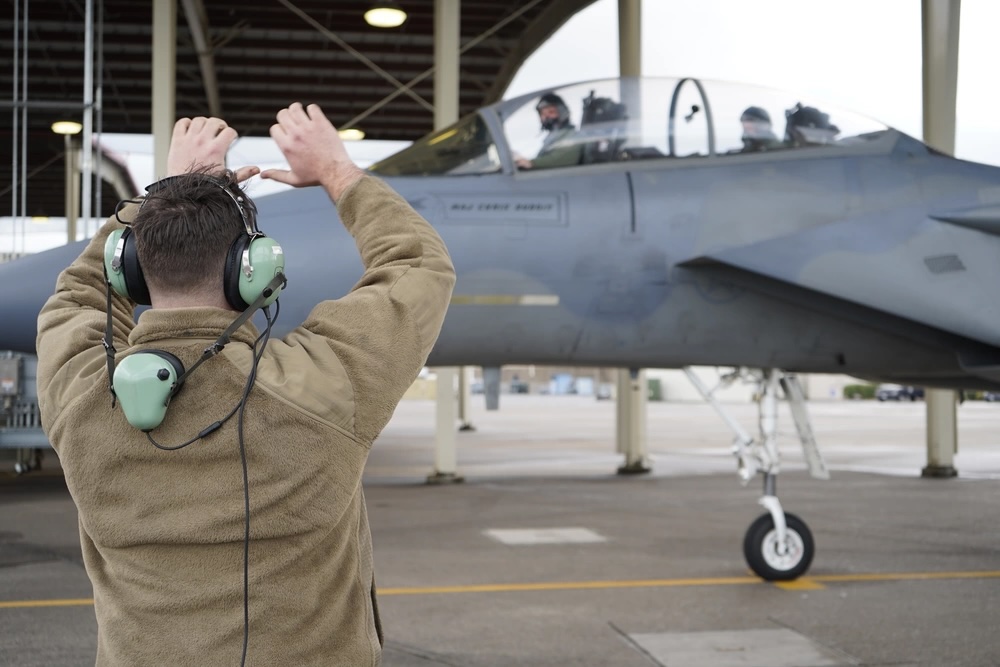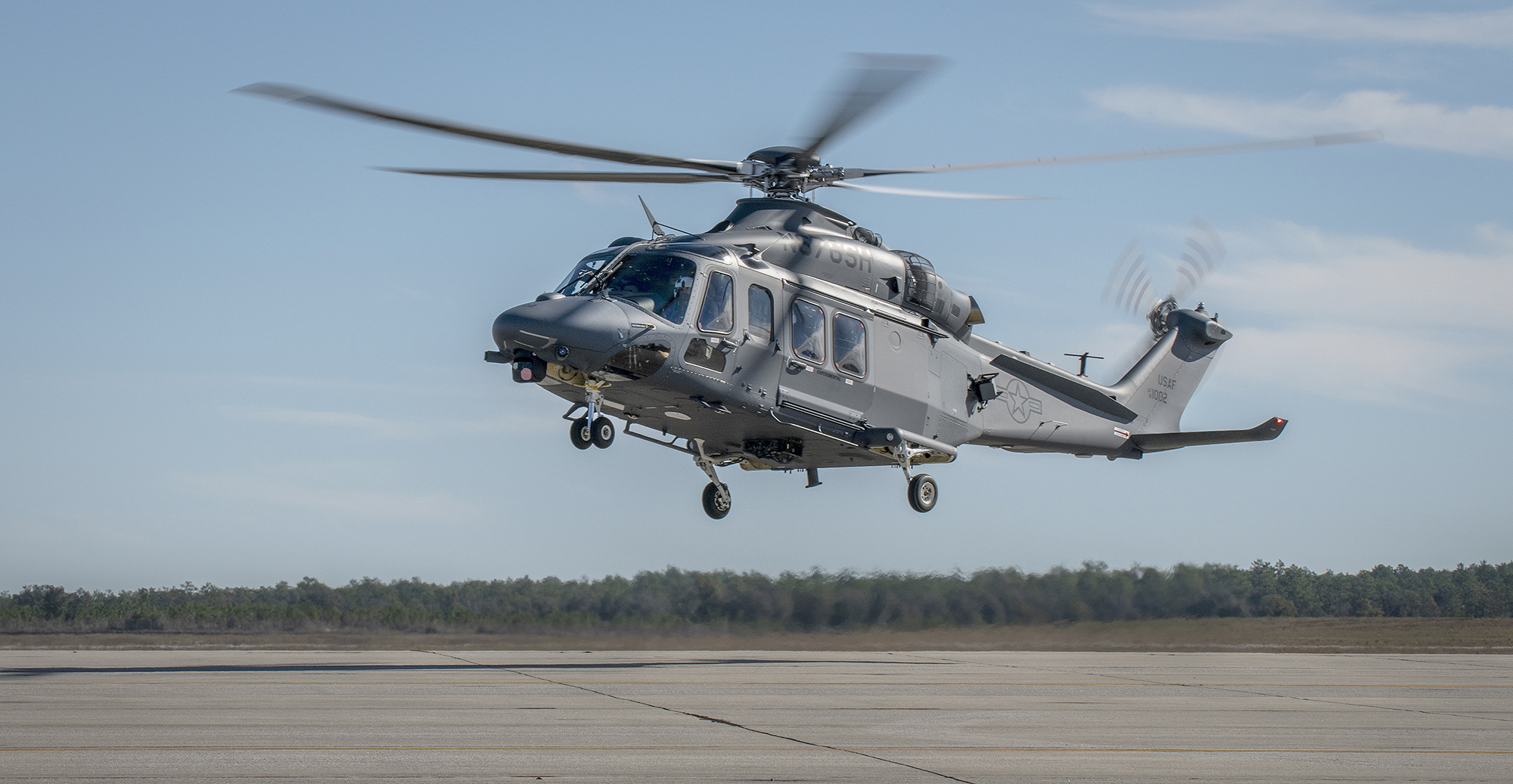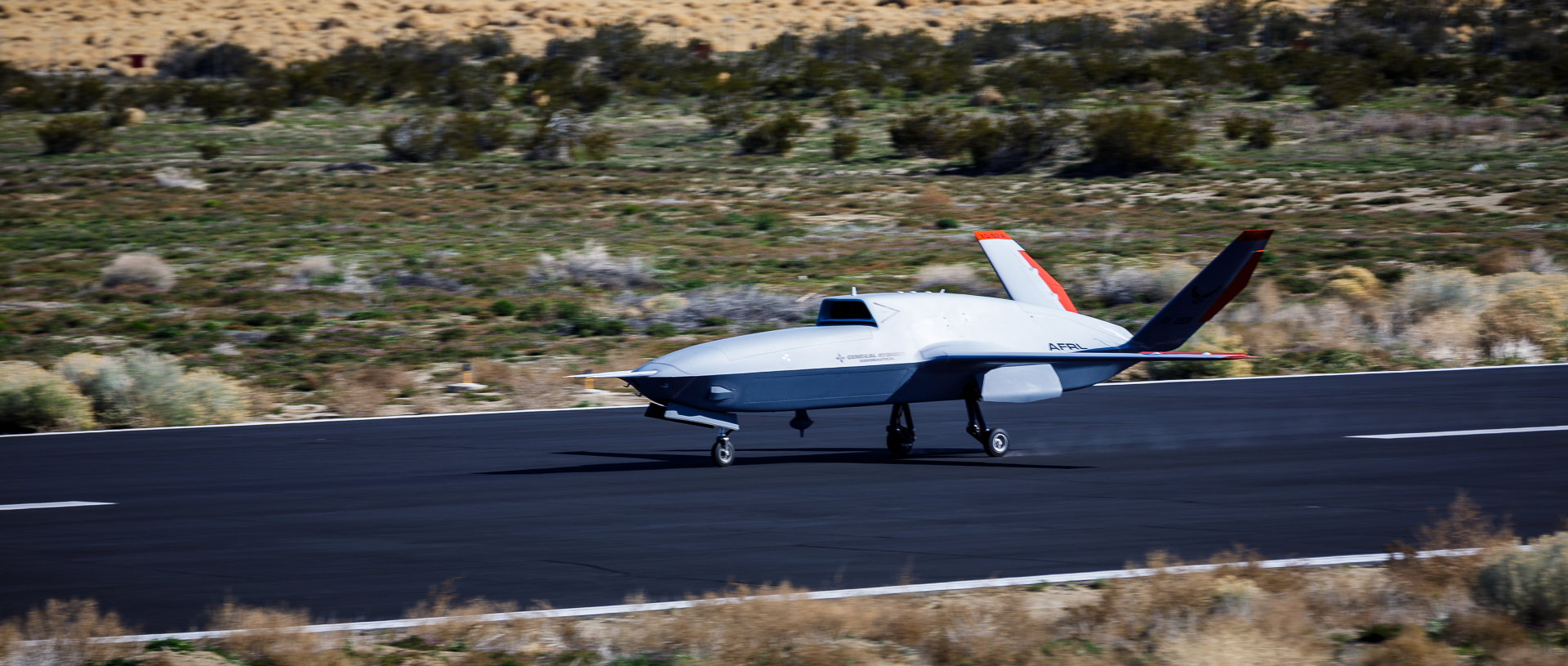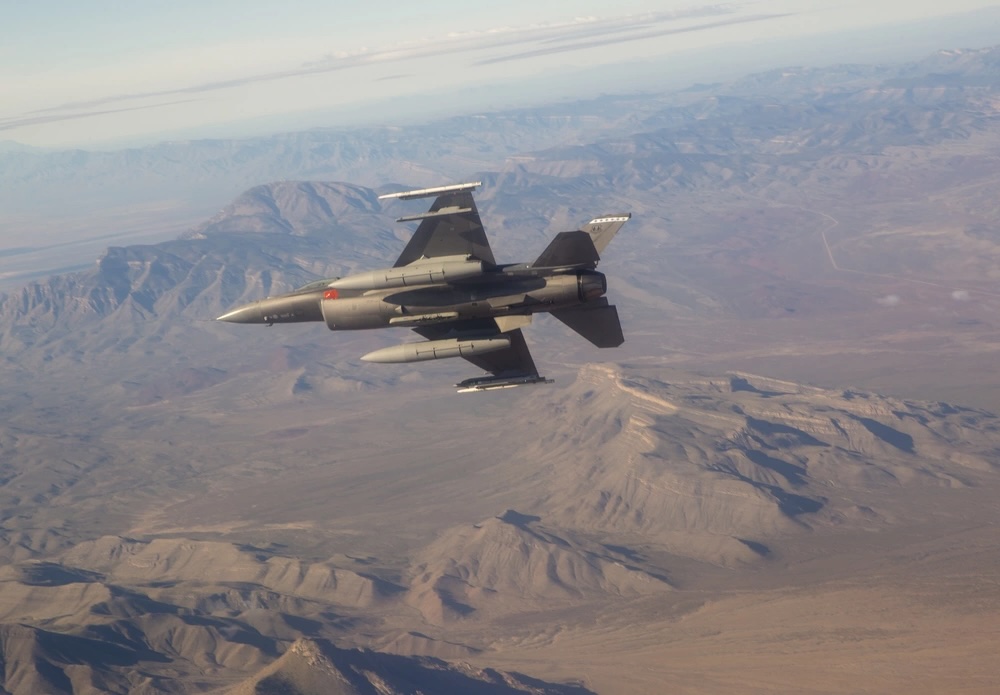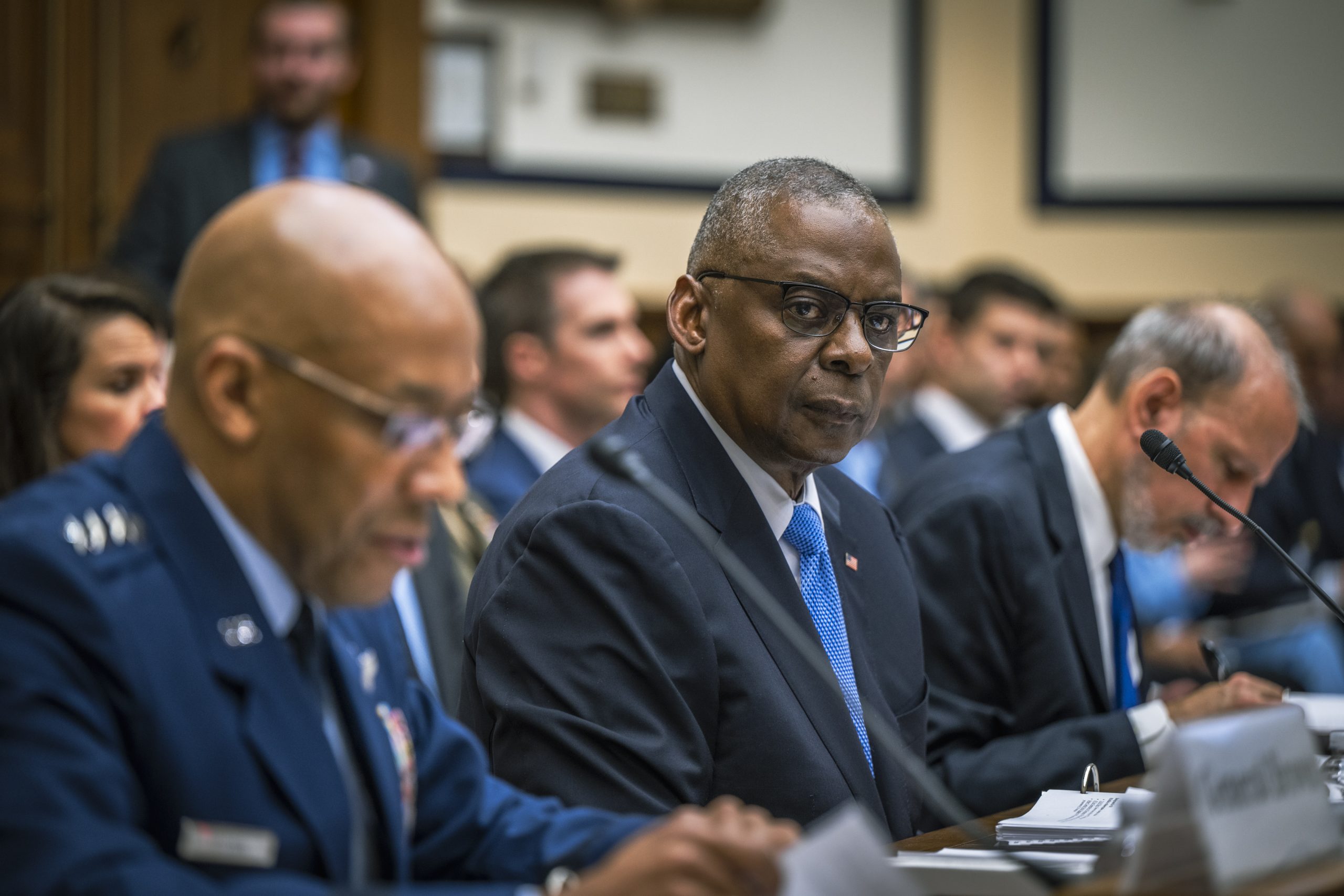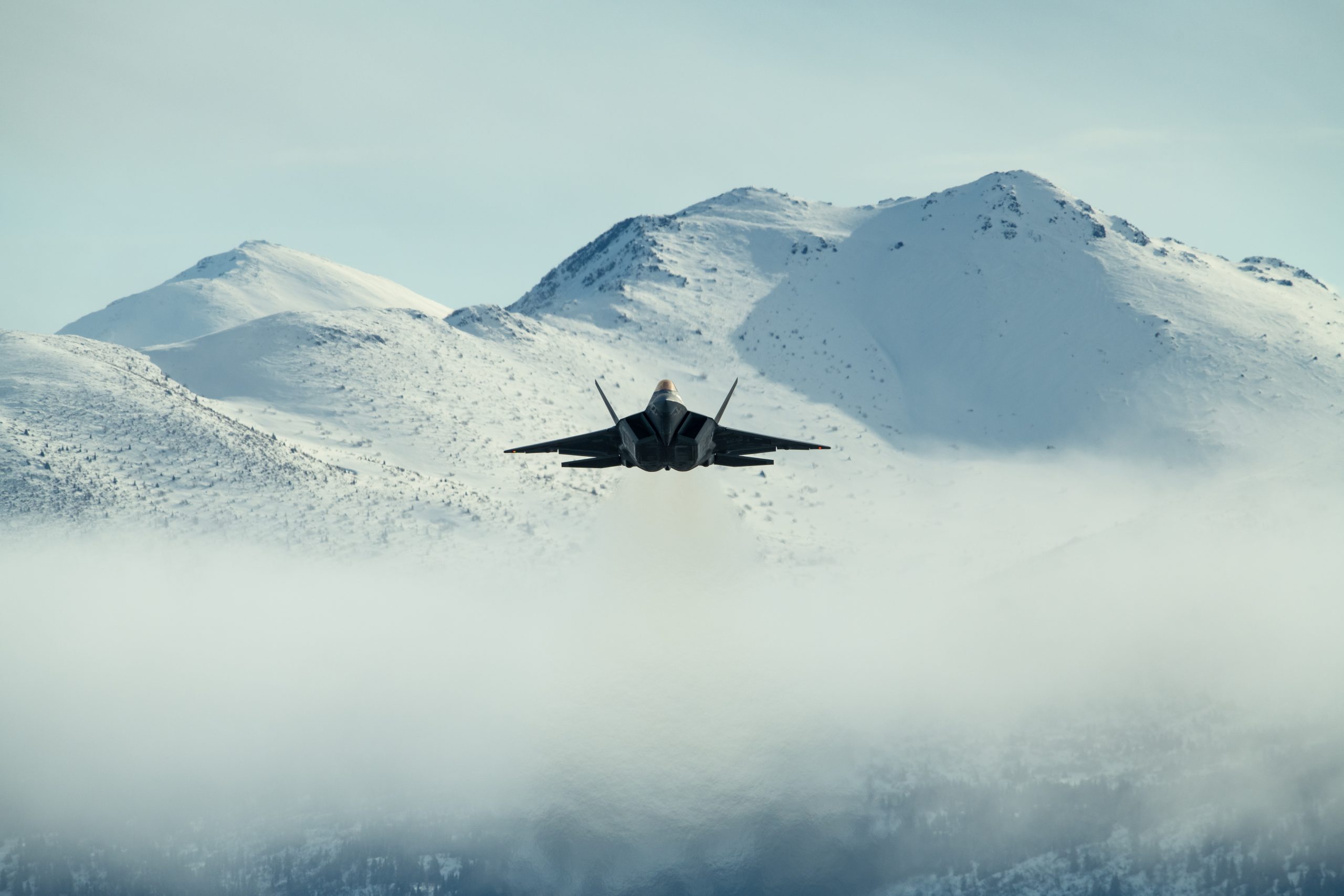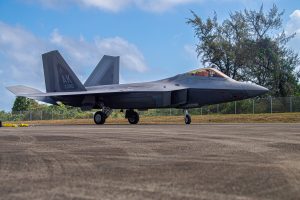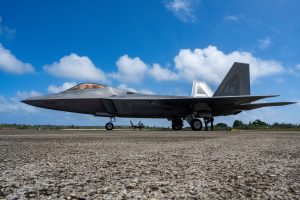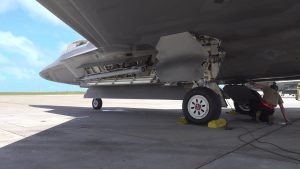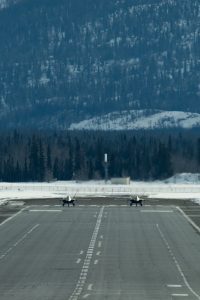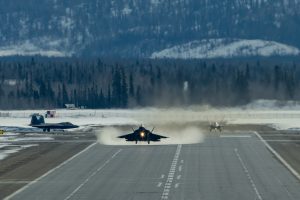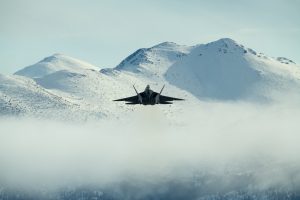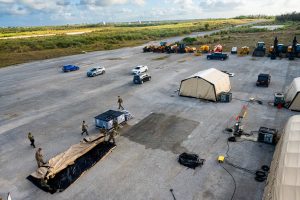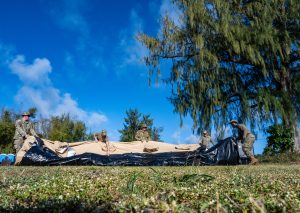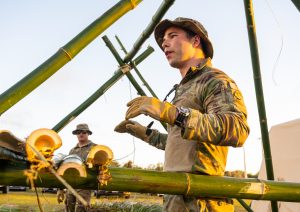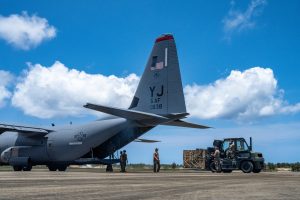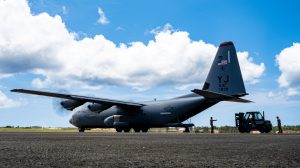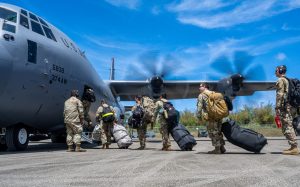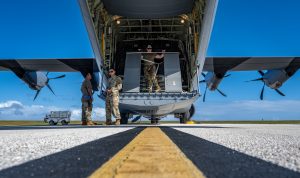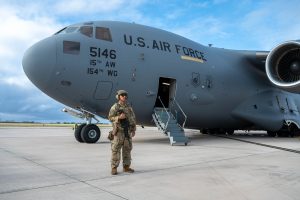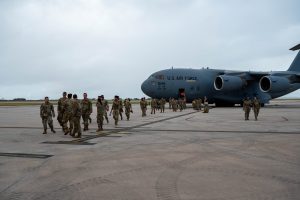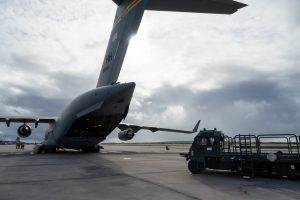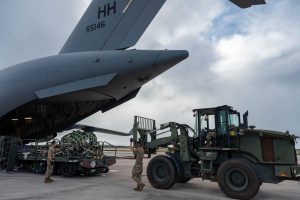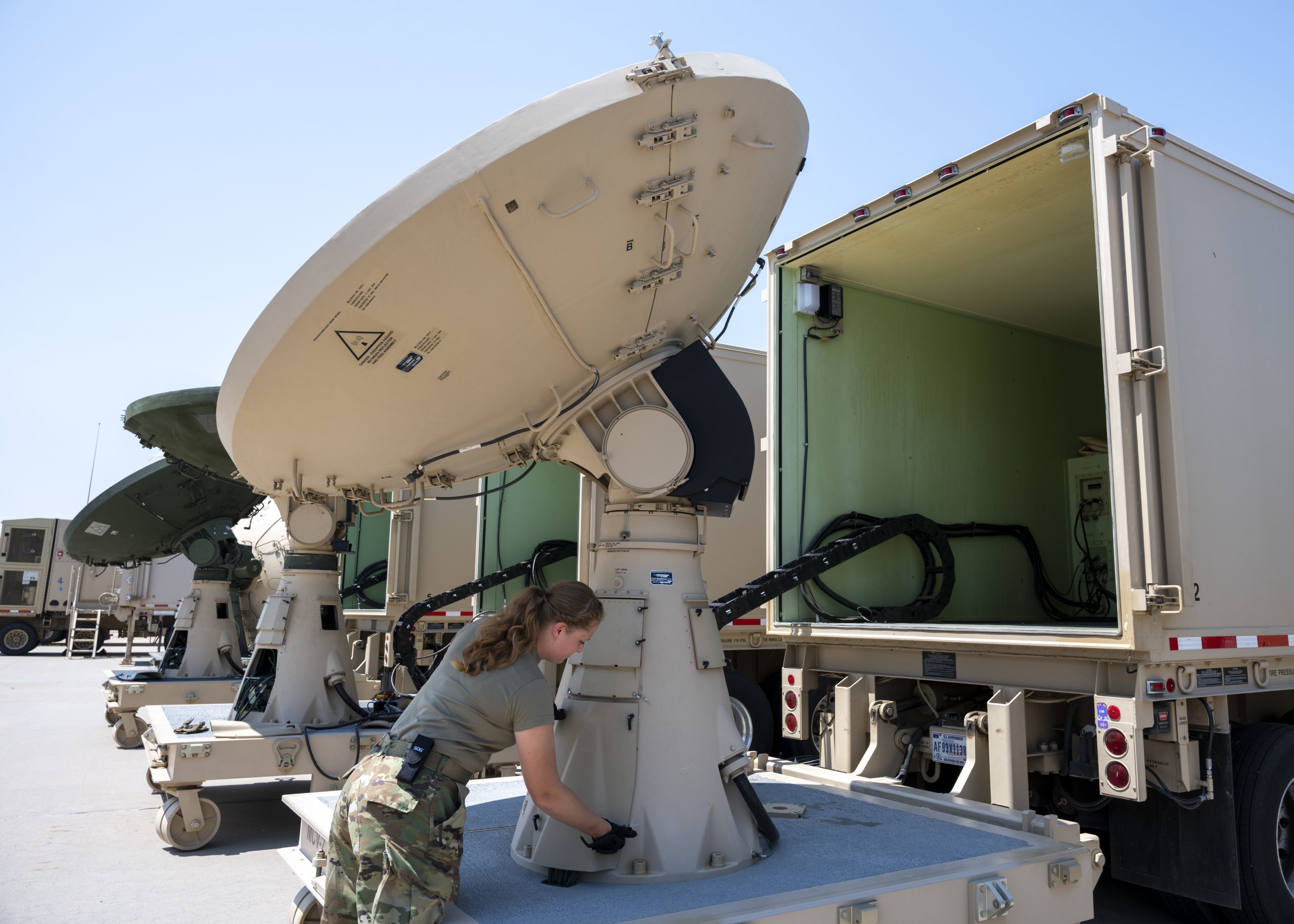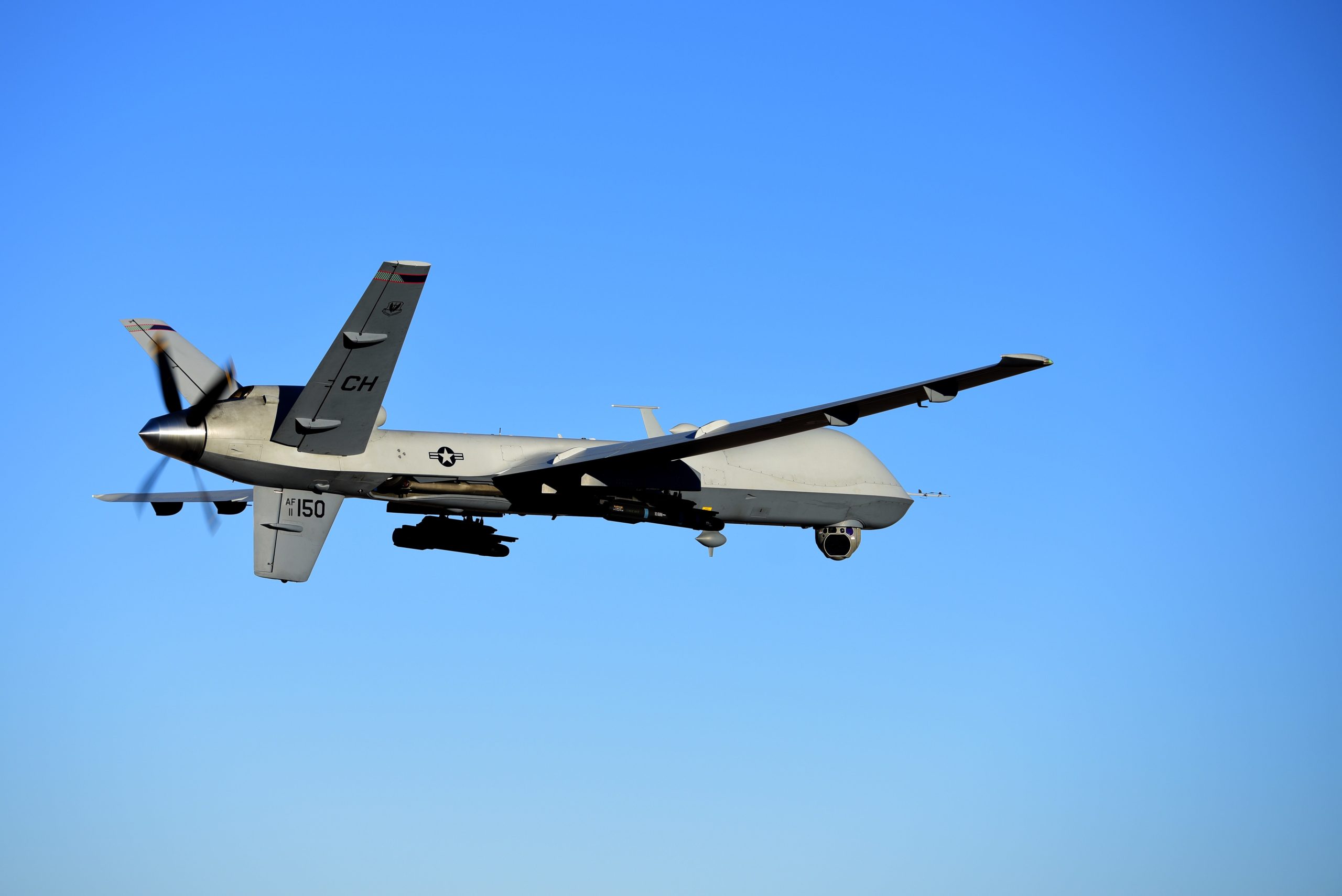The head of the National Guard warned that a shortage of fighter jets, pilots, and maintainers in the reserve components could leave the military short-handed in a possible conflict.
“We’ve got a 60 fighter squadron requirement,” across the Air Force, Army Gen. Daniel R. Hokanson, the Chief of the National Guard Bureau, said April 30 at a House Appropriations defense subcommittee hearing. “We have 25 of those in the National Guard, and our ability to retain that capability when we’re already short fighter pilots and maintainers will be critically important in the next coming years as we start to modernize our fleet.”
The Air Force is retiring several of the Guard’s aging A-10 and F-15C/D squadrons in an effort to fund modernization, but lawmakers worry there are not enough new replacement aircraft to make up the difference.
“I’m very concerned about the lack of, frankly, assets within the reserve components, especially on the Air National Guard side, to be that complementary force to the Active duty right now,” Rep. Mike Garcia (R-Calif.) said. “I think we’ve gotten below or are approaching below critical mass on some of the platforms that are being allocated to y’all.”
Garcia emphasized the importance of “getting the right equipment at the right levels to the Guard, to the Reserve units,” so that “you’re not just seen as the ugly stepchild to the Active duty side.”
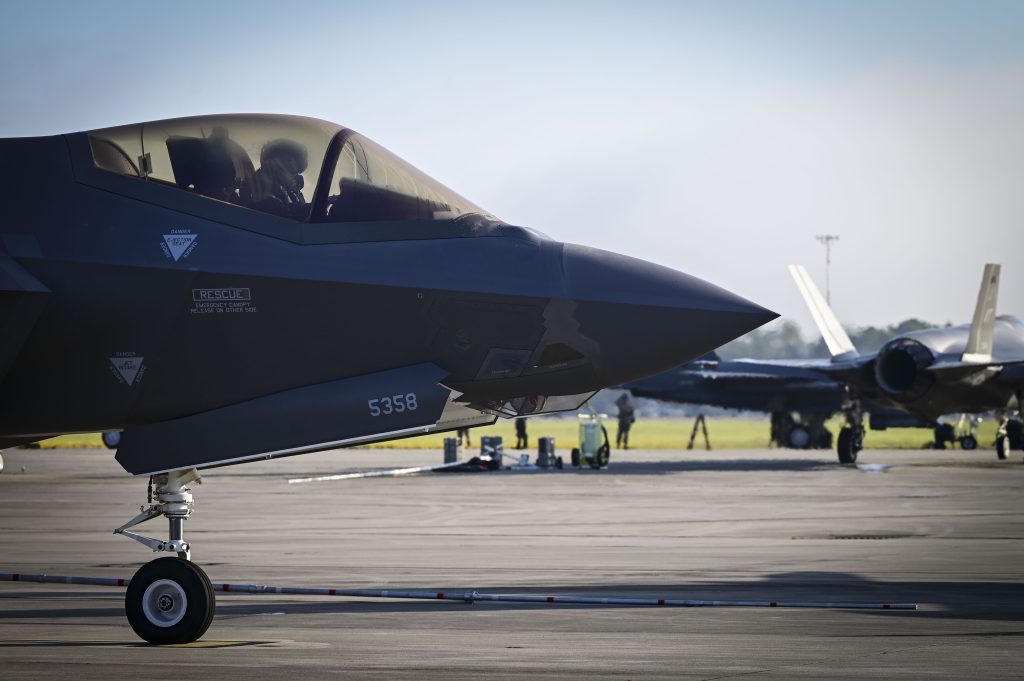
But achieving that balance has proven difficult. Last year, both chambers of Congress introduced bills that would have required a minimum of 25 fighter squadrons in the Air National Guard, developed a plan to modernize and recapitalize the entire Guard fighter fleet by the end of fiscal year 2034, and a plan to field Next-Generation Air Dominance fighters in the Guard.
Neither bill passed into law, but a bipartisan group of lawmakers pushed the Air Force to transfer Active fighters into Guard and Reserve units until the defense industry can produce more new fighters. Not doing so, they argued, could result in losing experienced, expensively-trained pilots and maintainers if reserve component squadrons are shuttered.
“Fleet leveling temporarily balances fighters across Active duty, ANG, and AFRC squadrons to allow time for industry production capacity to catch up with demand,” members of Congress wrote in a December letter to Air Force Secretary Frank Kendall. “Most importantly, fleet leveling prevents the closure of fighter squadrons across the Total Force, thereby preserving critical capacity that would otherwise be forever lost.”
Hokanson advocated for the same strategy at the April 30 hearing.
“With significant fighter pilot and maintainer shortages in the Air Force, we believe through temporary cross-component aircraft transfers, we can retain the critical fighter capability in all 25 of our existing fighter squadrons until aircraft procurement efforts can replenish them,” he said.
In the meantime, the general is pushing for F-15EX and F-35s to help the Guard fleet keep pace with its Active counterparts. The National Guard’s fiscal year 2025 unfunded priorities list includes six F-15EXs and six F-35s that the Air Force cut from its own budget request.
The 12 new jets will help “make sure that we can continue to field these units so that we don’t create what we call a bathtub where we don’t have enough capability at the most critical time as we face challenges from our competitors around the globe,” Hokanson said. “We’re working everything we can to get those airframes as fast as we can.”
The head of Air Force Reserve Command, Lt. Gen. John P. Healy, took a similar view, arguing that the Reserves need to have “proportionally modernized and concurrently fielded” platforms to serve as an effective back-up for the Active force.
“We absolutely want to see that continue … so that we’re able to have fifth-gen aircraft participating as a surge capacity in a fifth-gen fight in the future,” he said at the hearing.
